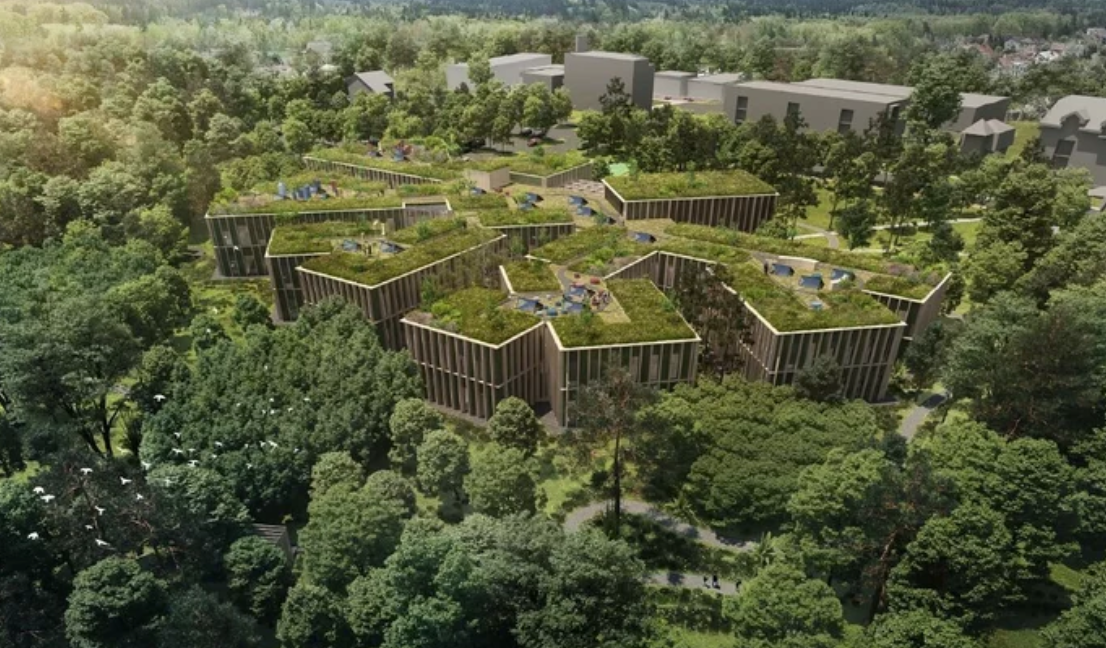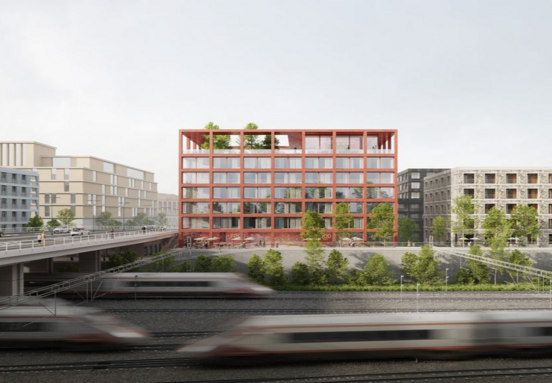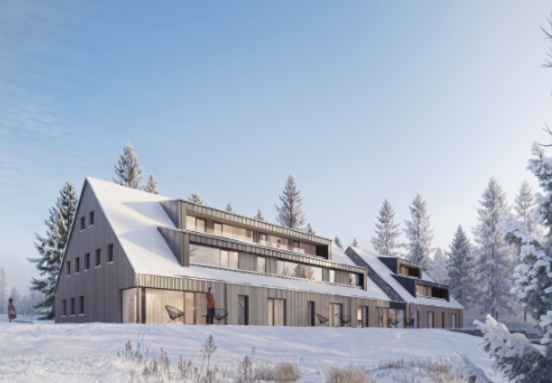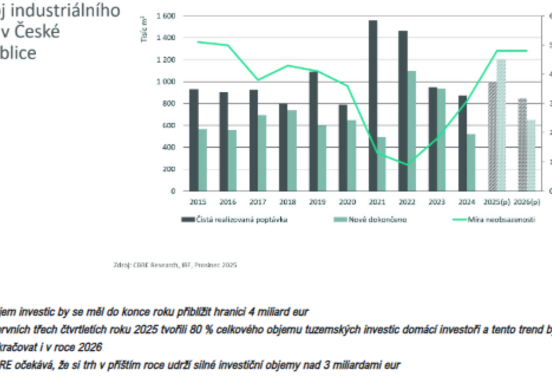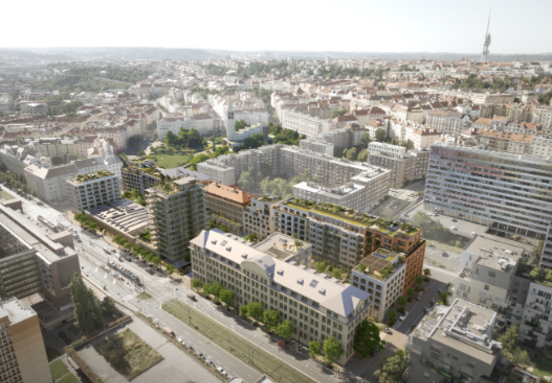Recently, economic columns have been full of beautiful visualizations of ecological buildings made of wood, which are supposed to grow in the Czech Republic. Now we are not talking about wooden buildings in the sense of family houses, but about large administrative or housing projects.
In the middle of last year, the Progresus group of Lukáš Foral and Lukáš Zrast presented an ambitious plan to build the first 84-meter-high "wooden skyscraper" in the Czech Republic, Mjölk architects showed a proposal for a 30-meter-high wooden building in Liberec in April, and about a fortnight ago the state-owned enterprise revealed a visualization the "wooden" administrative center that he wants to build in Hradec Králové for 1.5 billion crowns. More similar projects are planned in the Czech Republic. For example, Skanska, YIT, Crestyl or the originally Austrian company UBM are planning to build from industrial wood.
It makes sense to use wood in the construction of large administrative or residential buildings. As concrete examples in the countries of Western Europe prove, such buildings are significantly more ecological, during their construction up to tens of percent less carbon dioxide is produced. And that is exactly what the European Union demands from developers in an effort to achieve climate neutrality. We all know it: taxonomy, Green Deal, ESG. Companies will have to make considerable changes in the coming years in the interests of sustainability. At least just so that banks would lend them money for projects. It is precisely the greater use of wood in large development projects that can move the market in the desired direction.
But there is a catch: Wood burns
For safety reasons, Czech legislation does not allow wooden buildings to be built higher than four floors or 12 meters. Every higher project comes across an official from the Ministry of the Interior, who refuses to stamp the higher building as part of the construction process. The reason is outdated standards that deal with fire safety. Of course, times have moved on, and today's industrial glulam is in many ways as resistant to fire as steel. While Germany and Austria, for example, took this fact into account in the fire standards some time ago and began to build large wooden buildings, Slovakia is lagging behind.
However, a change at the level of legislation is on the way. The change in fire standards is currently being handled by experts from the University Center for Energy Efficient Buildings at CTU, and debates are already underway at the political level.
But we know how fast things move in the offices. Especially when it comes to the Czech construction industry. In an environment where building permits are waiting for years, developers cannot expect a quick adjustment of standards that will allow the construction of wooden "skyscrapers". Well-known faces on the Czech market therefore decided to start an interesting event, which, according to E15, was started by architects Jiří Řezák and David Wittassek.
Their Quarta architecture studio, whose services are popularly used today by the biggest players on the market, has entered into cooperation with the Austrian Cree Buildings group. Years ago, it developed its own "hybrid" system for the construction of large projects, which combines both traditional reinforced concrete (the core of the building) and industrial wood. These are large-scale modular buildings, which, in addition to significantly more environmentally friendly construction, can be interesting for investors, for example, because the construction of the project takes about a year (in the case of classic buildings of a similar type, an independent construction usually takes about two years), in the case of the Cree system, the construction site is in addition, significantly fewer builders are needed for the aforementioned modularity. This can also play a role in the Czech environment, where there is a shortage of workers.
The first building built according to the Cree system is today the headquarters of an Austrian company. The building that served as a pilot project is located in Dornbirn. After completion, it became the center of events. Experts and officials flocked to it to see how the system worked. This contributed to a change in legislation in Austria and made it possible to build large buildings using industrial wood. Author: Cree Buildings
Qarta wants to repeat in the Czech Republic with the Cree system what was already done in Austria more than ten years ago. Even there, developers and architects solved the same problem with wooden buildings. It was the Cree system that brought the turning point. And the pilot construction according to the mentioned system started legislative changes. The gentlemen from Karlín are planning a similar revolution in the Czech Republic, and according to the agreement, they can also go to Slovakia and Poland with the system.
"It is important to remember that we are not conducting an experiment. The system is proven, works and is so successful that, according to him, it has started to be built in many other countries. It's an opportunity for the Czech construction industry to move forward and not fall asleep to the times," said E15 Řezák.
The Czech business media will soon start reporting on the system under the term combined buildings. Colleagues from Qarta are going to be supported by the Association of Construction Entrepreneurs. "We will strive to establish this system in the Czech Republic. In my opinion, this can be a great opportunity not only for developers, but especially for public construction," says the president of the association, Jiří Nouza.
Architects from Qarta do not yet want to reveal with whom and where they could build the first "pilot" building according to the Austrian system. Of course, the question remains how they want to get a stamp on such a building and meet fire standards. And this is where it gets really interesting. The Czech permit system makes it possible to obtain a stamp in two ways as part of a fire safety assessment.
One is the already mentioned normative approach, the other is the so-called engineering approach. There is no point in going into details, but to put it simply: Within the framework of the engineering system, the author of the project must demonstrate in another way that the building is safe. And here the architects from Karlin want to refer precisely to Austrian know-how and to a system that has passed security checks not only in Austria, but also in other countries. We will be watching their efforts closely
